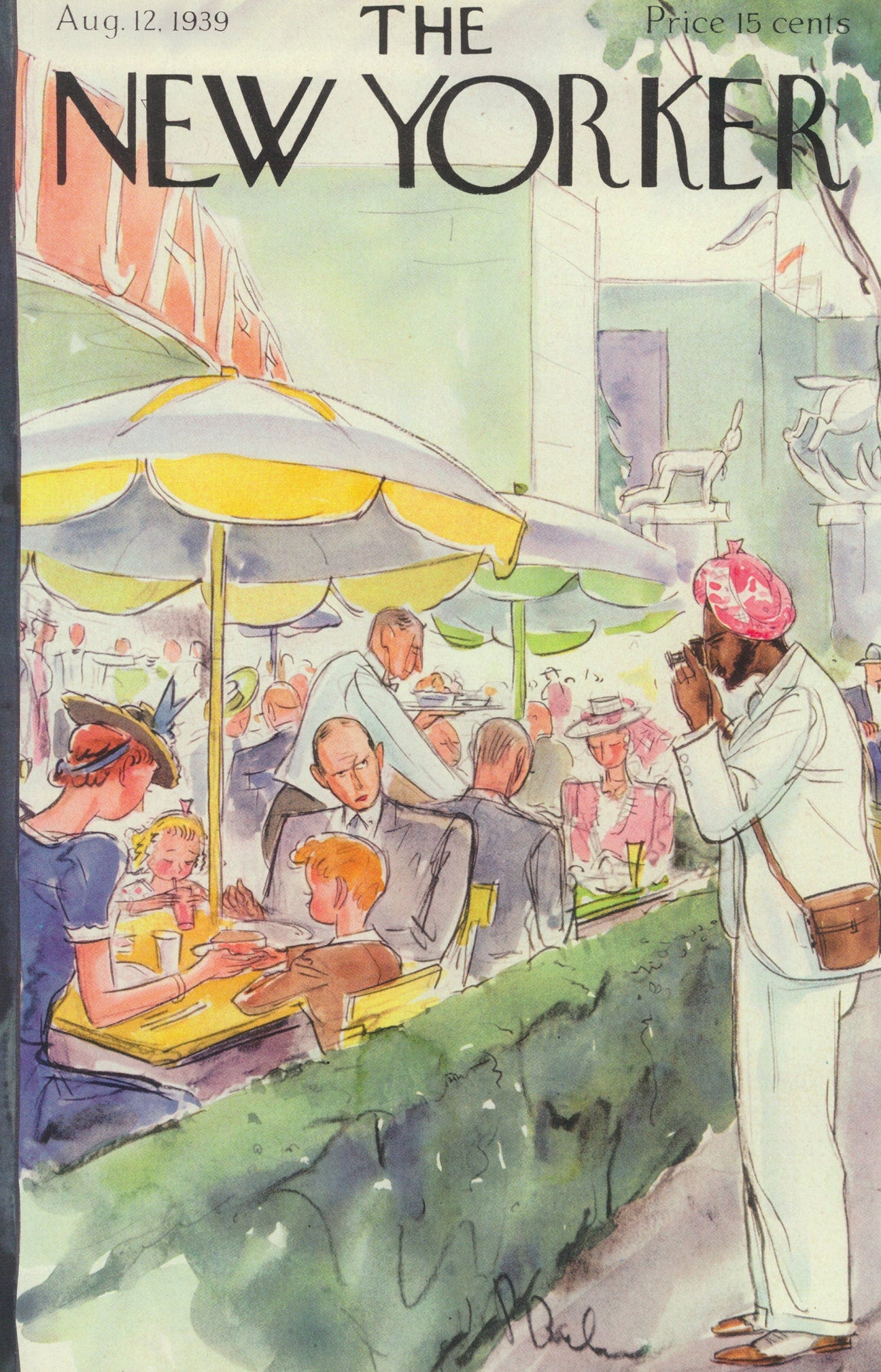The Making of The Moon: How the Moon Became a Symbol of Forbidden Romance in South Asia
Words by Eman Naseer
Welcome to the Brown History Newsletter. If you’re enjoying this labor of love, please do consider becoming a paid subscriber. Your contribution would help pay the writers and illustrators and support this weekly publication. If you like to submit a writing piece, please send me a pitch by email at brownhistory1947@gmail.com.
Don’t forget to check out our SHOP and our Podcast.

Recommended Reads:
The Making of The Moon
How the Moon Became a Symbol of Forbidden Romance in South Asia
Under the Subcontinent's moon, the Brown skin of lovers is illuminated by a protective glow. However, as the sun rises, lovebirds across South Asia take on a vampiric quality – hiding from the revealing beams of sunlight as if a single touch may engulf them in flames.
In modern South Asian media, the moon has a prominent role as it relates to lust, longing, and romance. The celestial body is often the only witness to a lovers’ meeting, appearing as a third character within the backdrop of pivotal romantic scenes in Bollywood songs and movies. In many South Asian cultures, love and sex are shrouded in taboo. With lovers unable to enjoy each other in the open unless formally engaged, they look to the night sky as a shelter for their secret rendezvous. And while the moon as a symbol for romance is a pervasive motif amongst many cultures all over the world, the unique shame surrounding dating and love in the Subcontinent creates conditions in which the moon is not just a symbol of romance, but also a trusted confidant. Through this cultural lens, in which romance is both universal and forbidden, the moon in the postcolonial Desi cannon represents an unspoken cultural underbelly – one in which moonlight shields and shines on the forbidden romances of South Asia.







